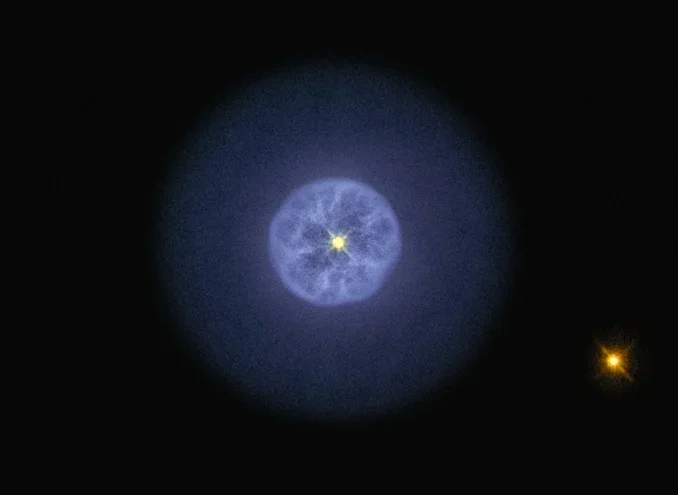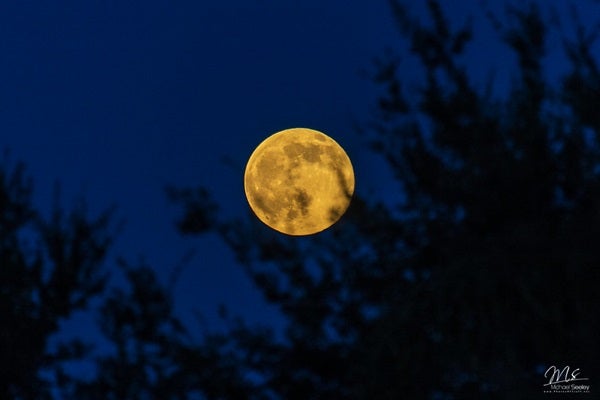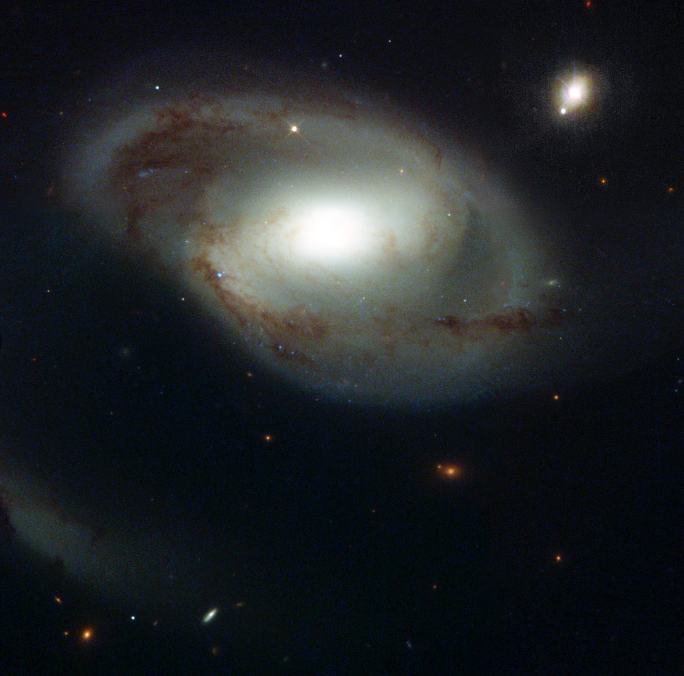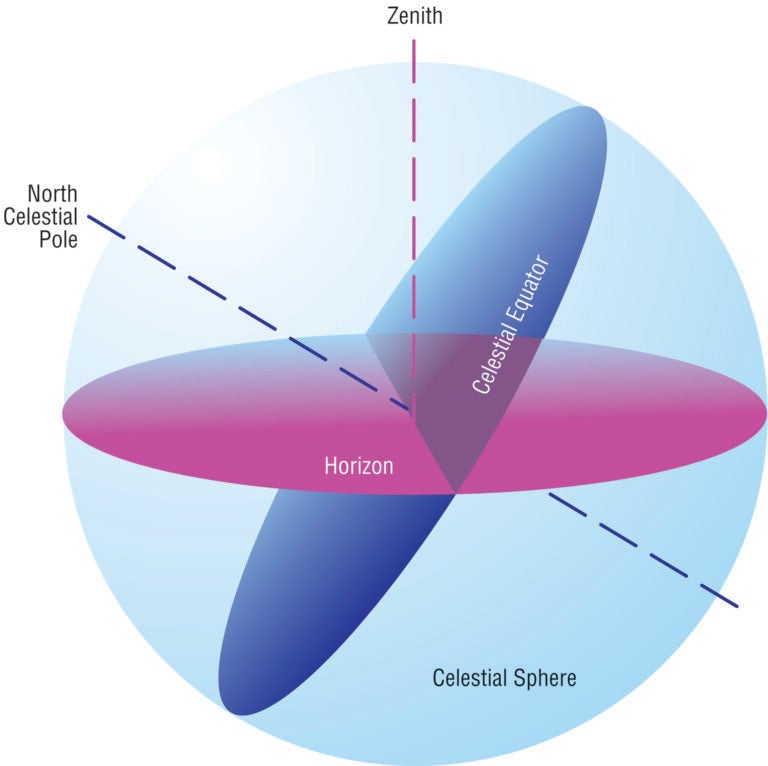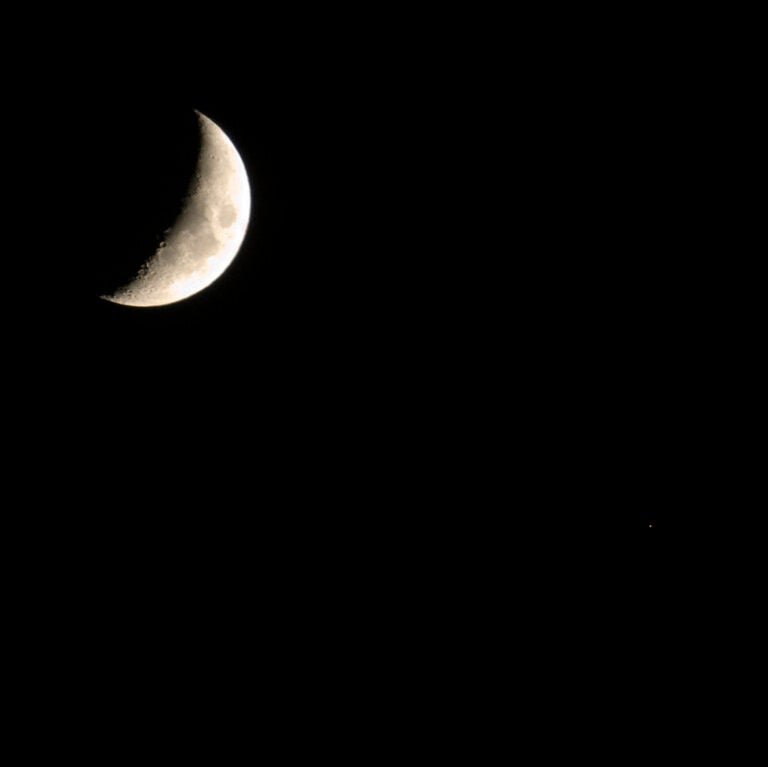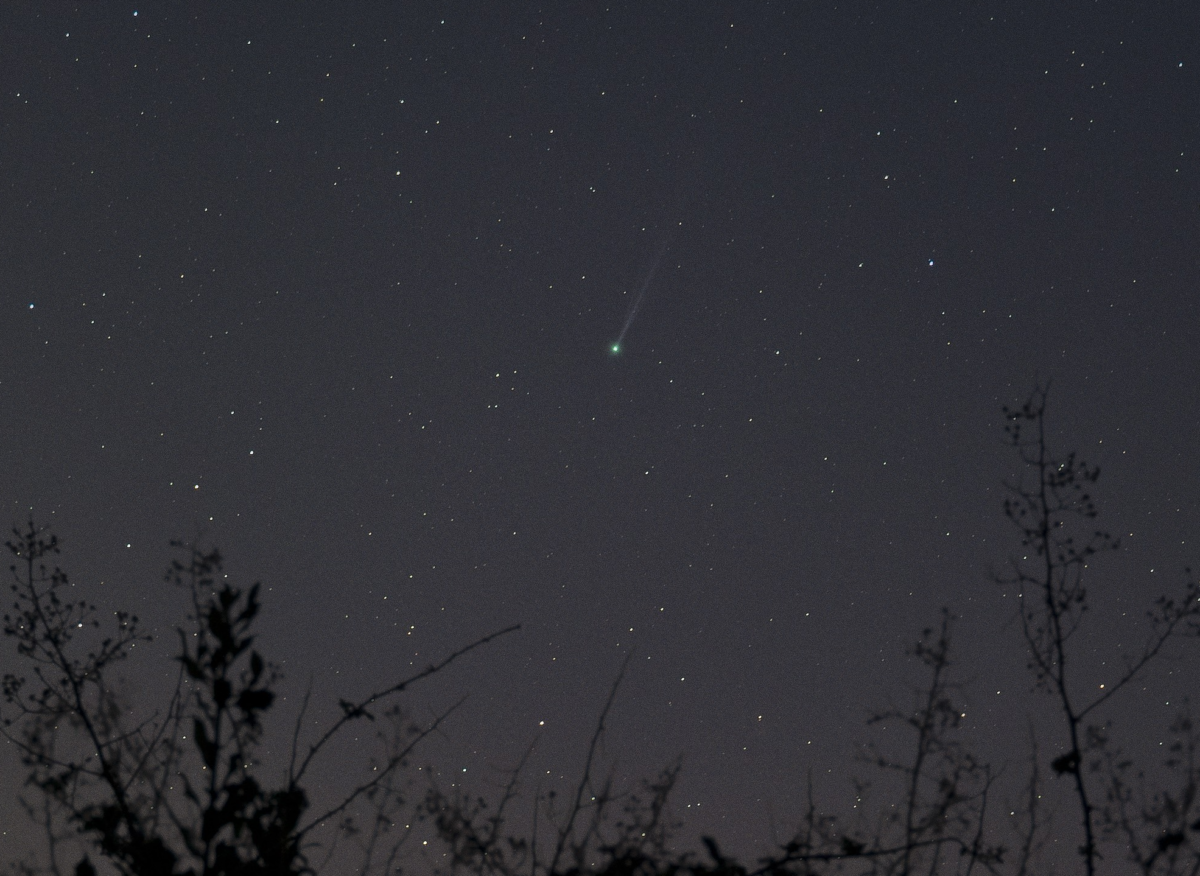
In late March, three amateur astronomers discovered Comet C/2025 F2 (SWAN). Immediately, predictions began appearing online stating the brightness this object might reach. But, as comet discoverer David Levy says, “Comets are like cats. They have tails and do what they want.”
In other words, don’t bet the house that current predictions will come true. But if you’ve got binoculars or a telescope, you’ve got a good chance of finding this comet in the pre-dawn sky — keep reading for more details on where and when to look.
When and where?
In early April, the comet glowed near magnitude 11, just bright enough for medium-size telescopes to detect it from a dark observing site. It brightened quickly to magnitude 9 on April 4, and nearly to 8th magnitude the following night.
Seeing the comet now might prove difficult. As morning twilight begins, F2 stands about 10° above the eastern horizon. Full Moon occurs on April 12. Normally, that would be a bad time to search for comets, but by the time the comet rises in the early-morning hours, the Moon will be far to the west. Our satellite will still pump lots of light into the sky, but far from F2.
After that date, the Moon decreases in brightness each night, but also moves closer to the comet. And unfortunately, the comet is also getting closer to the eastern horizon with each passing day.
One factor that might help observers more easily locate F2, is that it’s currently passing near some bright stars in the constellation Andromeda. It’s near Alpheratz (Alpha [α] Andromedae) on the 12th and 13th, near Pi (π) Andromedae on the 16th and 17th, and just south of Mirach (Beta [β] Andromedae) on the 19th and 20th. If it stays at 8th magnitude, it should prove an easy catch. Note its position each night on the accompanying star chart.
During the last week of April, the comet will be in the evening sky, low in the west. If it’s bright enough, you may spot it through a telescope or even binoculars. It’s unlikely, however, that you’ll pick it up with your naked eyes.
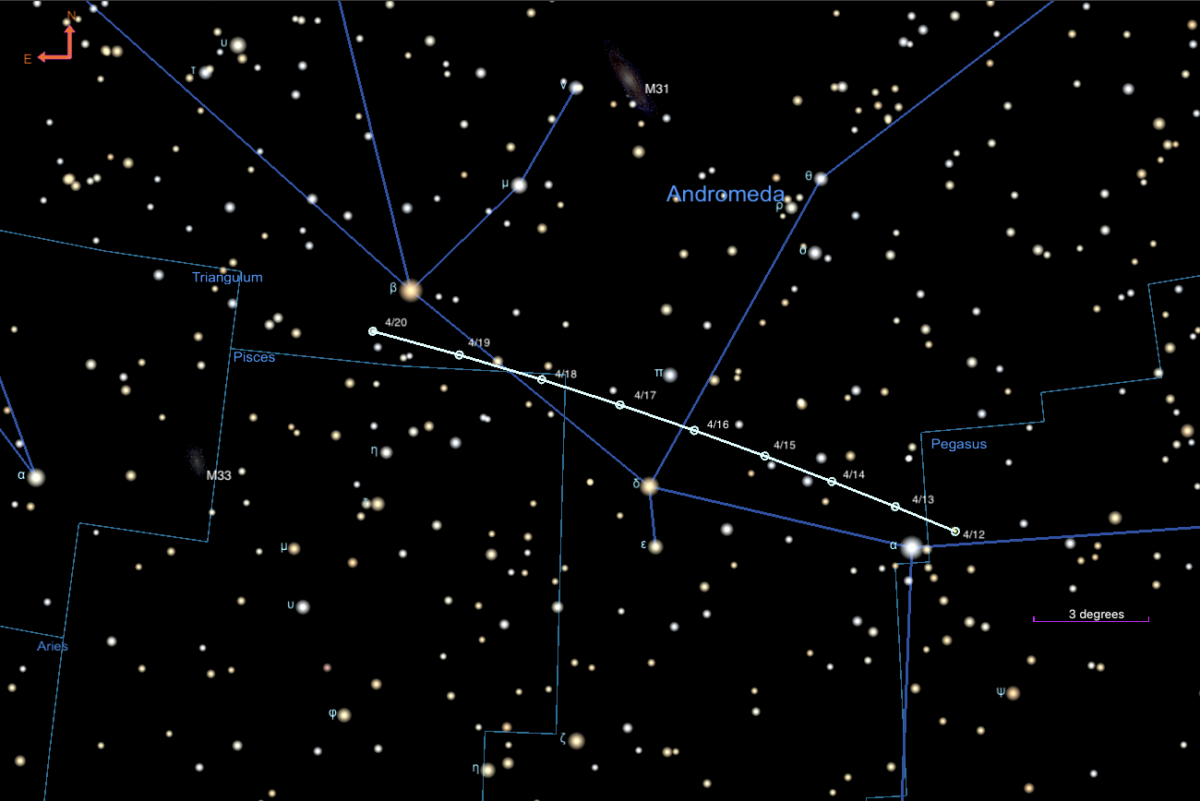
Onward and southward
C/2025 F2 (SWAN) will reach perihelion — its closest point to the Sun — May 1. On that date, it will lie 30.9 million miles (49.8 million kilometers) from the Sun. If it’s as bright as some 5th-magnitude predictions, F2 should be a reasonably easy target because it will be just north of the Pleiades star cluster in Taurus. You’ll have to look as soon as the sky gets dark, though, because F2 will be low in the west.
The comet will be gone from view to Northern Hemisphere observers after the first week of May. But amateur astronomers who live south of the equator will see F2 get higher, but also a little fainter, each night.
An indoor discovery
What makes this comet unusual is that the three co-discoverers — Vladimir Bezugly from Ukraine, Michael Mattiazzo from Australia, and Rob Matson from California — didn’t find it by looking or photographing it through their telescopes. Rather, each of them was studying public images taken by the Solar Wind Anisotropies (SWAN) camera on the Solar and Heliospheric Observatory, launched in December 1995.
Normally, comets are named for their discoverers. When the discoverers use publicly available images, however, they are named for the observatory or spacecraft that took them. Thus, the acronym “SWAN” in the comet’s name.
So, target evenings around New Moon, which occurs on April 27, and observe a comet that was found indoors. Try not to miss it because it won’t be back in our neighborhood for more than half a million years.

